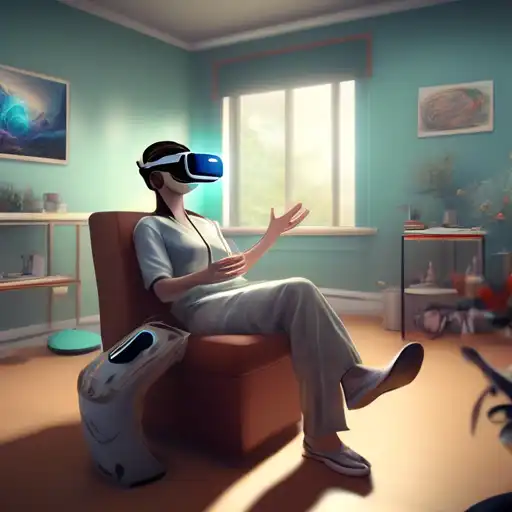The Transformative Power of Virtual Reality in Therapeutic Practices
Virtual Reality (VR) technology has transcended its initial entertainment purposes, paving the way for groundbreaking applications in therapy. This immersive technology is now being leveraged to treat a variety of psychological and physical conditions, offering patients a safe and controlled environment to confront and overcome their challenges.
Understanding VR Therapy
VR therapy, also known as virtual reality exposure therapy (VRET), utilizes computer-generated environments to simulate real-life situations. This method allows individuals to face their fears or practice social interactions without the risks associated with real-world exposure. The versatility of VR makes it an invaluable tool in the therapeutic landscape.
Applications of VR in Therapy
The applications of VR in therapy are vast and varied, addressing conditions such as:
- Anxiety Disorders: VR helps patients confront their fears in a controlled setting, gradually reducing their anxiety levels.
- Post-Traumatic Stress Disorder (PTSD): Veterans and survivors of traumatic events can revisit and process their experiences safely.
- Autism Spectrum Disorder (ASD): VR provides a platform for individuals with ASD to practice social skills and recognize emotional cues.
- Physical Rehabilitation: Patients recovering from strokes or injuries can engage in virtual exercises to regain motor skills.
The Benefits of VR Therapy
VR therapy offers numerous advantages over traditional therapeutic methods, including:
- Safety: Patients can explore and confront their issues without real-world consequences.
- Control: Therapists can tailor the virtual environment to meet the specific needs of each patient.
- Engagement: The immersive nature of VR increases patient engagement and motivation.
- Accessibility: VR therapy can be conducted remotely, making it accessible to those unable to attend in-person sessions.
Challenges and Considerations
Despite its potential, VR therapy faces several challenges, such as the high cost of equipment and the need for further research to validate its efficacy across different conditions. However, as technology advances and becomes more affordable, VR therapy is expected to become a staple in therapeutic practices.
Looking Ahead
The integration of VR into therapy represents a significant leap forward in mental health and rehabilitation services. By continuing to explore and expand its applications, VR has the potential to revolutionize the way we approach treatment and recovery.
For more insights into the latest advancements in therapeutic technologies, explore our technology section.
